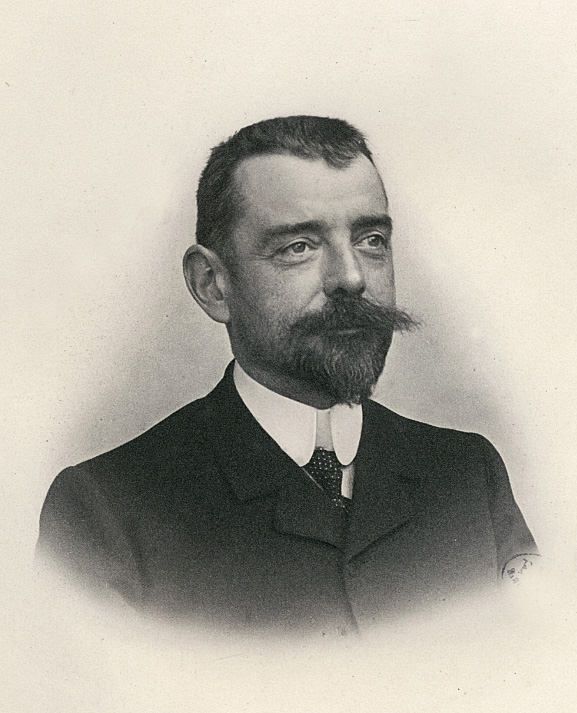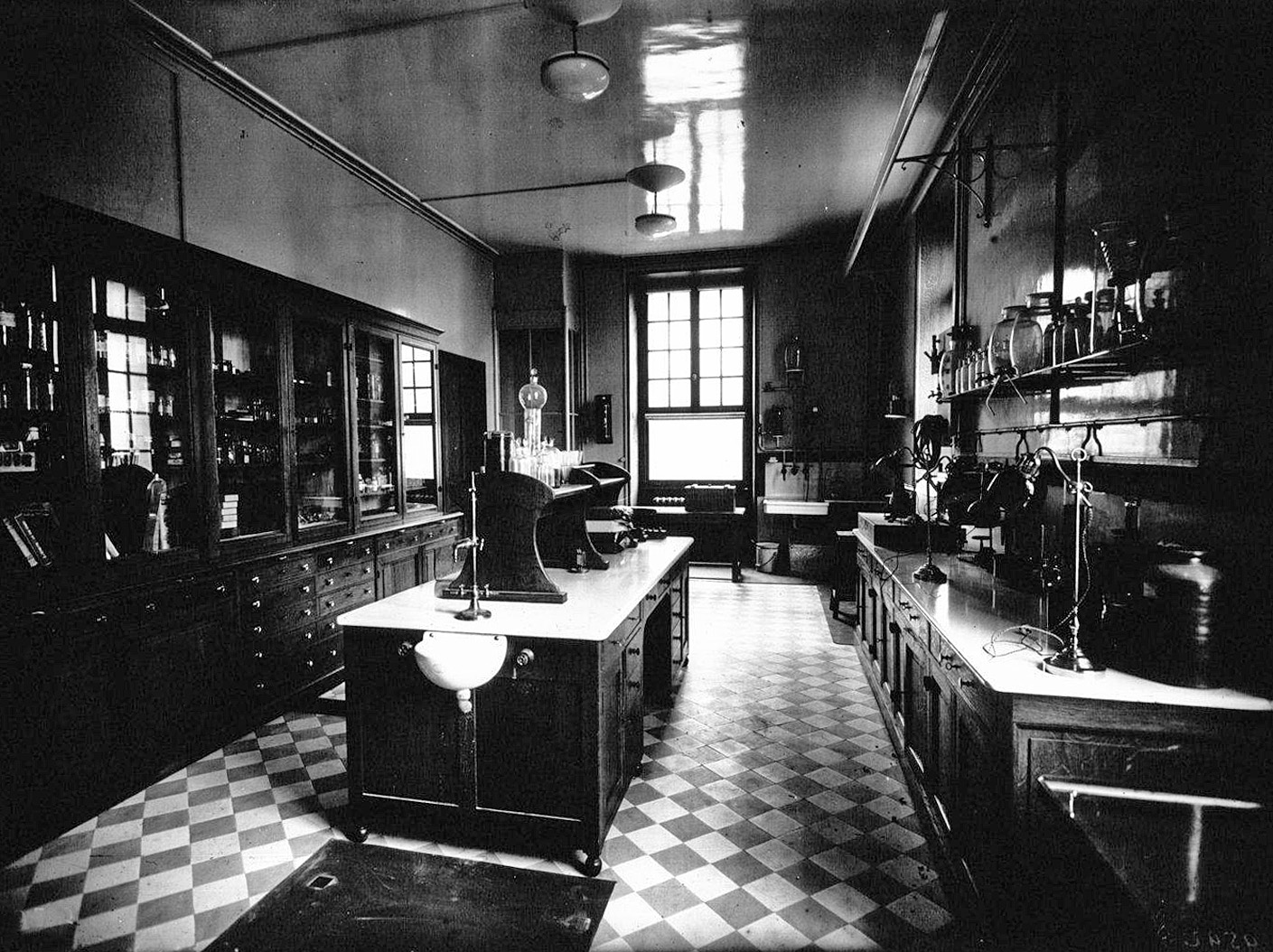Louis Joubin on:
[Wikipedia]
[Google]
[Amazon]
 Louis Marie Adolphe Olivier Édouard Joubin (27 February 1861 in
Louis Marie Adolphe Olivier Édouard Joubin (27 February 1861 in
Sociétés savantes and in 1903 succeeded
Google Books
 Louis Marie Adolphe Olivier Édouard Joubin (27 February 1861 in
Louis Marie Adolphe Olivier Édouard Joubin (27 February 1861 in Épinal
Épinal (; ; ) is a Communes of France, commune in northeastern France and the prefecture of the Vosges (department), Vosges Departments of France, department.
Geography
The commune has a land area of . It is situated on the river Moselle, so ...
– 24 April 1935 in Paris
Paris () is the Capital city, capital and List of communes in France with over 20,000 inhabitants, largest city of France. With an estimated population of 2,048,472 residents in January 2025 in an area of more than , Paris is the List of ci ...
) was a professor at the Muséum national d'Histoire naturelle
The French National Museum of Natural History ( ; abbr. MNHN) is the national natural history museum of France and a of higher education part of Sorbonne University. The main museum, with four galleries, is located in Paris, France, within the Ja ...
in Paris
Paris () is the Capital city, capital and List of communes in France with over 20,000 inhabitants, largest city of France. With an estimated population of 2,048,472 residents in January 2025 in an area of more than , Paris is the List of ci ...
. He published works on nemertea
Nemertea is a phylum of animals also known as ribbon worms or proboscis worms, consisting of about 1300 known species. Most ribbon worms are very slim, usually only a few millimeters wide, although a few have relatively short but wide bodies. ...
ns, chaetognatha
The Chaetognatha or chaetognaths (meaning ''bristle-jaws'') are a phylum of predatory marine worms that are a major component of plankton worldwide. Commonly known as arrow worms, they are mostly pelagic; however about 20% of the known species ...
, cephalopod
A cephalopod is any member of the molluscan Taxonomic rank, class Cephalopoda (Greek language, Greek plural , ; "head-feet") such as a squid, octopus, cuttlefish, or nautilus. These exclusively marine animals are characterized by bilateral symm ...
s, and other molluscs
Mollusca is a phylum of protostome, protostomic invertebrate animals, whose members are known as molluscs or mollusks (). Around 76,000 extant taxon, extant species of molluscs are recognized, making it the second-largest animal phylum ...
.
He served as an assistant to Henri de Lacaze-Duthiers, subsequently becoming director of the laboratories at Banyuls-sur-Mer
Banyuls-sur-Mer (; ) is a Communes of France, commune in the Pyrénées-Orientales Departments of France, department in southern France.
Geography Location
Banyuls-sur-Mer is located in the canton of La CĂ´te Vermeille and in the arrondissemen ...
(1882) and Roscoff
Roscoff ( , ; ) is a commune in the Finistère département of Brittany in northwestern France.
Roscoff is renowned for its picturesque architecture, labelled (small town of character) since 2009. Roscoff is also a traditional departure point ...
(1884). Later on, he became an instructor at the University of Rennes
The University of Rennes (French: ''Université de Rennes'') is a public university, public research university located in Rennes, Upper Brittany, France. Originally founded in 1460, the university was split into two universities in 1970: Univers ...
,ProsopoSociétés savantes and in 1903 succeeded
Edmond Perrier
Jean Octave Edmond Perrier (9 May 1844 – 31 July 1921) was a French zoologist born in Tulle. He is known for his studies of invertebrates (annelids and echinoderms). He was the brother of zoologist Rémy Perrier (1861–1936).
Career
On advice ...
as ''chaire des mollusques, des vers et des zoophytes'' at the Muséum national d'Histoire naturelle
The French National Museum of Natural History ( ; abbr. MNHN) is the national natural history museum of France and a of higher education part of Sorbonne University. The main museum, with four galleries, is located in Paris, France, within the Ja ...
(from 1917 onward his title was ''chaire des mollusques''). In 1906 he was chosen by Albert I, Prince of Monaco
Albert I (Albert Honoré Charles Grimaldi; 13 November 1848 – 26 June 1922) was Prince of Monaco from 10 September 1889 until his death in 1922. He devoted much of his life to oceanography, exploration and science. Alongside his expeditions, ...
to be in charge of instruction at the Institut océanographique.
In 1905 he was named president of the Société zoologique de France. In 1920 he became a member of the Académie des Sciences
The French Academy of Sciences (, ) is a learned society, founded in 1666 by Louis XIV at the suggestion of Jean-Baptiste Colbert, to encourage and protect the spirit of French Scientific method, scientific research. It was at the forefron ...
.
Joubin's squid (''Joubiniteuthis portieri'') is named for him, as is '' Anoxycalyx joubini'', a hexactinellid
Hexactinellid sponges are sponges with a skeleton made of four- and/or six-pointed siliceous spicules, often referred to as glass sponges. They are usually classified along with other sponges in the phylum Porifera, but some researchers consid ...
sponge
Sponges or sea sponges are primarily marine invertebrates of the animal phylum Porifera (; meaning 'pore bearer'), a basal clade and a sister taxon of the diploblasts. They are sessile filter feeders that are bound to the seabed, and a ...
whose lifespan is purportedly 10,000 years.

Written works
* ''Les NĂ©mertiens'', 1894 -Nemertean
Nemertea is a phylum of animals also known as ribbon worms or proboscis worms, consisting of about 1300 known species. Most ribbon worms are very slim, usually only a few millimeters wide, although a few have relatively short but wide bodies. ...
s.
* ''Contribution Ă l'Ă©tude des CĂ©phalopodes de l'Atlantique Nord'', 1895 - Contributions to the study of cephalopod
A cephalopod is any member of the molluscan Taxonomic rank, class Cephalopoda (Greek language, Greek plural , ; "head-feet") such as a squid, octopus, cuttlefish, or nautilus. These exclusively marine animals are characterized by bilateral symm ...
s of the North Atlantic
The Atlantic Ocean is the second largest of the world's five oceanic divisions, with an area of about . It covers approximately 17% of Earth's surface and about 24% of its water surface area. During the Age of Discovery, it was known for ...
.
* ''Expédition antarctique française (1903-1905) : commandée par le Dr. Jean Charcot. Science naturelles: documents scientifiques''. - French Antarctic Expedition (1903–05) : commanded by Jean Baptiste Charcot, Natural science
Natural science or empirical science is one of the branches of science concerned with the description, understanding and prediction of natural phenomena, based on empirical evidence from observation and experimentation. Mechanisms such as peer ...
: scientific documents of the expedition.
* ''Deuxième expédition antarctique française (1908-1910) / Sciences naturelles: documents scientifiques''. - Second French Antarctic Expedition (1908–10) / Natural sciences: scientific documents of the expedition.
* ''La vie dans les océans'', 1912 - Life in the oceans.
* ''Chétognathes provenant des campagnes des yachts Hirondelle et Princesse-Alice, 1885-1910'' (with Louis Germain), 1916 - Chaetognatha
The Chaetognatha or chaetognaths (meaning ''bristle-jaws'') are a phylum of predatory marine worms that are a major component of plankton worldwide. Commonly known as arrow worms, they are mostly pelagic; however about 20% of the known species ...
from campaigns of the yachts Hirondelle and Princesse-Alice, 1885-1910.
* ''Le fond de la mer'', 1920 - The bottom of the sea.
* ''Les métamorphoses des animaux marins'', 1926 - Metamorphosis of marine animals.
* ''Éléments de biologie marine'', 1928 - Elements of marine biology
Marine biology is the scientific study of the biology of marine life, organisms that inhabit the sea. Given that in biology many scientific classification, phyla, family (biology), families and genera have some species that live in the sea and ...
.
* ''Faune ichthyologique de l'Atlantique nord'', 1929 - Ichthyological
Ichthyology is the branch of zoology devoted to the study of fish, including bony fish (Osteichthyes), cartilaginous fish (Chondrichthyes), and jawless fish (Agnatha). According to FishBase, 35,800 species of fish had been described as of March 2 ...
fauna of the North Atlantic.
* "Cephalopods from the scientific expeditions of Prince Albert I of Monaco
Albert I (Albert Honoré Charles Grimaldi; 13 November 1848 – 26 June 1922) was Prince of Monaco from 10 September 1889 until his death in 1922. He devoted much of his life to oceanography, exploration and science. Alongside his expeditions, ...
"; published in 1995 into English.Google Books
References
External links
* {{DEFAULTSORT:Joubin, Louis 1861 births 1935 deaths Teuthologists People from Épinal French malacologists Members of the French Academy of Sciences National Museum of Natural History (France) people